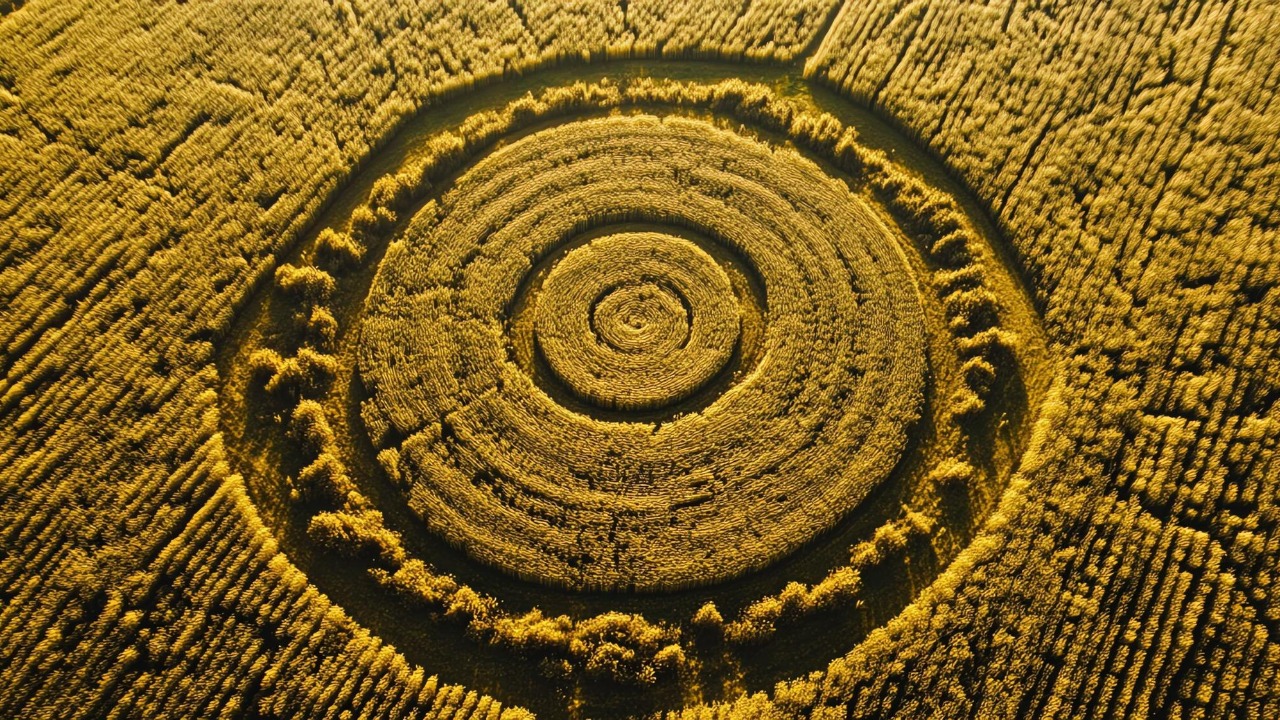
Crop formations, often referred to as crop circles, have been captivating the imagination of people worldwide for decades. These intricate designs, which mysteriously appear in fields overnight, have generated numerous theories ranging from natural causes to alien artistry. By examining their history, the science behind them, and their impact on society, the enigmatic allure of crop formations is further illuminated.
The History of Crop Formations
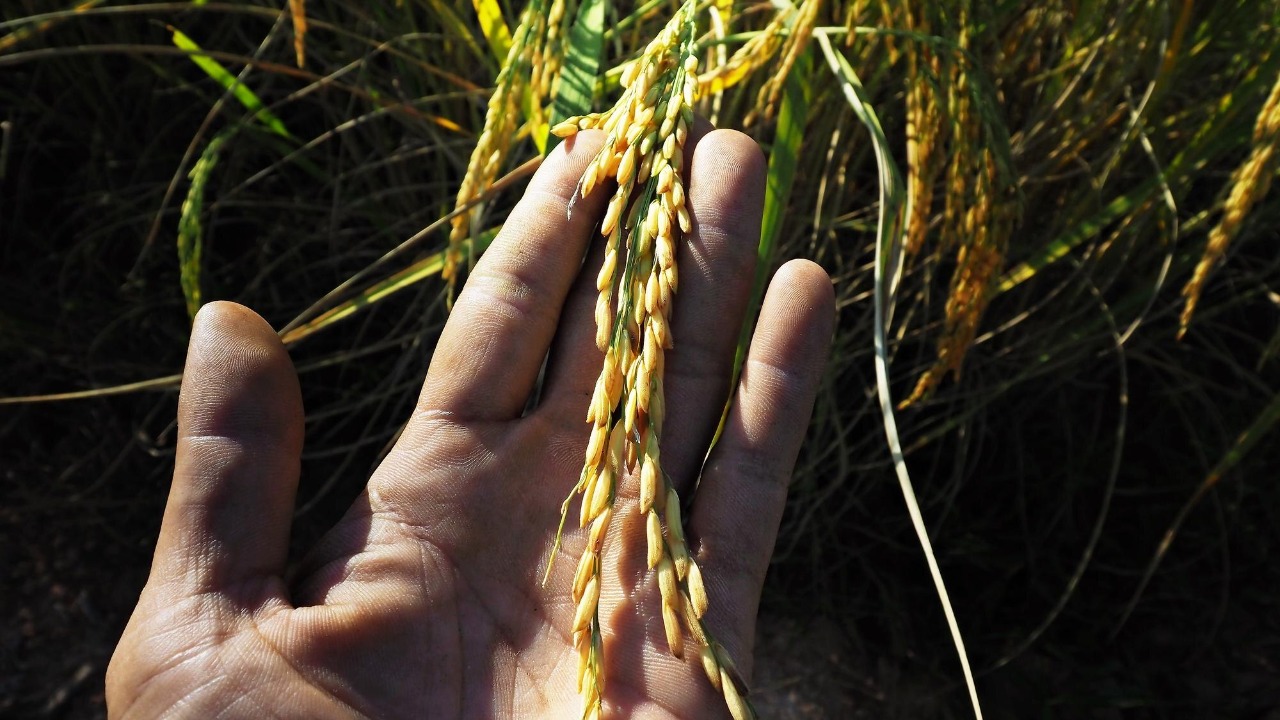
Early Sightings and Historical Records
Crop formations are not a modern phenomenon. Historical records, including ancient folklore, suggest that mysterious patterns in fields have intrigued humans for centuries. Some of the earliest mentions date back to the 17th century, with references in texts like the “Mowing-Devil” pamphlet from 1678, which depicts a devilish figure cutting out intricate patterns in crops. Over time, these formations evolved from simple circles to more complex geometric shapes, capturing the attention of both the curious and the skeptical.
These early sightings laid the groundwork for an enduring mystery that continues to perplex observers today. As agricultural practices advanced, so too did the documentation and understanding of these formations, allowing for more systematic investigations into their origins.
Modern Emergence and Media Coverage
The late 20th century marked a significant rise in the frequency and complexity of crop formations, coinciding with increased media coverage. This era saw the emergence of formations that were not only larger but also more intricate, often appearing in fields across England and other parts of Europe. The media played a crucial role in popularizing these phenomena, with numerous reports and documentaries capturing the public’s imagination and fostering a sense of wonder and intrigue.
The role of the media in shaping perceptions of crop formations cannot be overstated. By providing widespread coverage, media outlets helped to transform these rural occurrences into a topic of global fascination. The sensational nature of these reports often emphasized the mysterious and unexplained aspects, leading to a proliferation of theories and debates regarding their origins.
The Science Behind Crop Circles
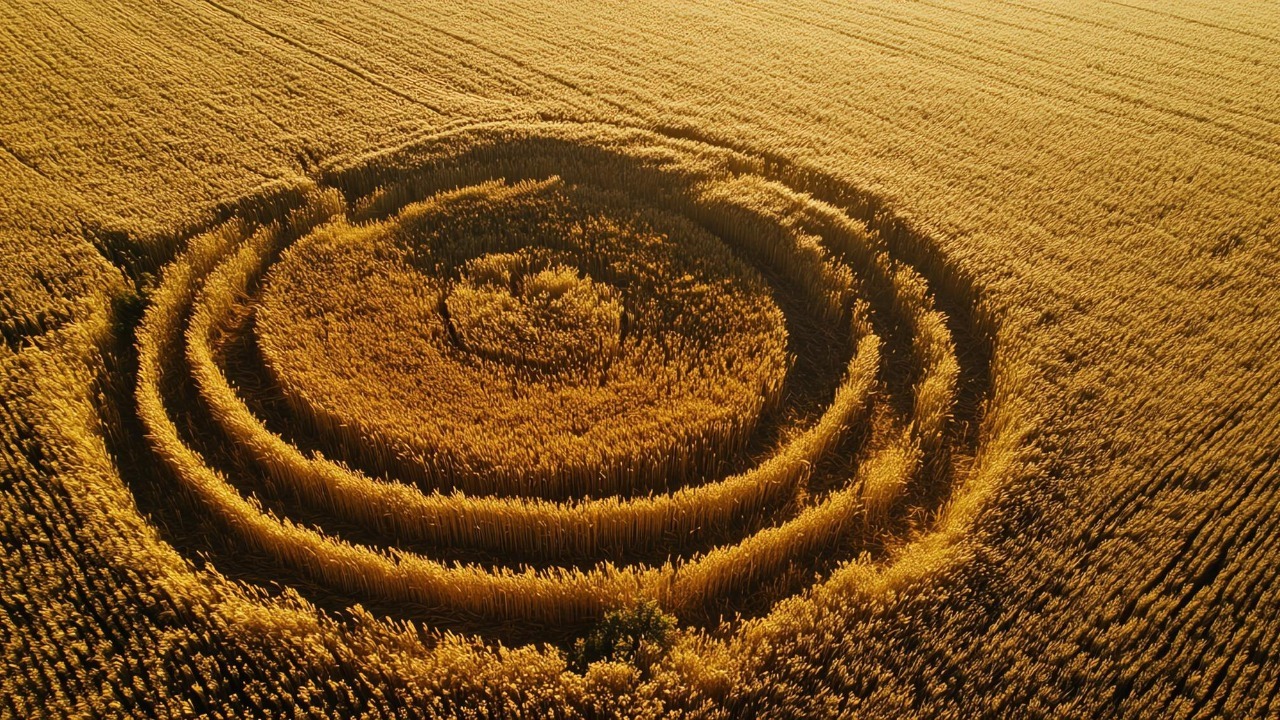
Natural Explanations and Phenomena
Despite the allure of supernatural explanations, scientists have proposed several natural theories to account for crop formations. One such theory involves wind vortices, which can create circular patterns in crops under certain meteorological conditions. Additionally, animal activity, such as the movement of small mammals or birds, has been suggested as a possible cause of some simpler formations.
Plant biology and environmental factors also contribute to the discussion. For instance, the nodes of affected plants are often elongated or bent, a phenomenon some scientists attribute to electromagnetic radiation or localized environmental changes. While these theories offer plausible explanations for some formations, they do not account for the complexity and precision observed in many modern crop circles.
Human Influence and Hoaxes
The possibility of human involvement in creating crop circles cannot be overlooked. Numerous individuals and groups have admitted to creating crop circles as a form of art or as elaborate pranks. One notable example occurred in 1991 when two men, Doug Bower and Dave Chorley, confessed to creating numerous circles around England, using simple tools like planks of wood and ropes.
These admissions have cast doubt on the authenticity of many formations and have led to a greater scrutiny of crop circles within the scientific community. Despite the prevalence of hoaxes, the sheer number and complexity of some formations continue to fuel debates about the true origins of crop circles.
Theories and Speculations

Extraterrestrial Hypotheses
Among the most popular and controversial theories is the notion that crop circles are the work of extraterrestrial beings. Proponents of this idea point to the intricate designs and their sudden appearances as evidence of alien involvement. UFO hotspots and eyewitness accounts of strange lights in the sky further fuel these speculations, leading some to believe that crop circles are messages or symbols left by otherworldly visitors.
While the extraterrestrial hypothesis remains unproven, it continues to capture the public’s imagination, providing a tantalizing explanation for those who seek answers beyond the earthly realm. The enduring appeal of this theory underscores the human desire to explore and understand the unknown.
Cultural and Spiritual Interpretations
For some, crop circles hold a deeper cultural or spiritual significance. These formations are often viewed as symbols of spirituality or as messages from higher powers, resonating with certain New Age beliefs and practices. The intricate designs and their apparent symbolism have led individuals to interpret them as signs of enlightenment or as a call to greater consciousness.
This perspective on crop circles reflects a broader trend of seeking meaning and connection in the natural world. The spiritual interpretations of these formations add an additional layer of intrigue, contributing to their mystique and cultural impact.
The Impact on Society and Culture
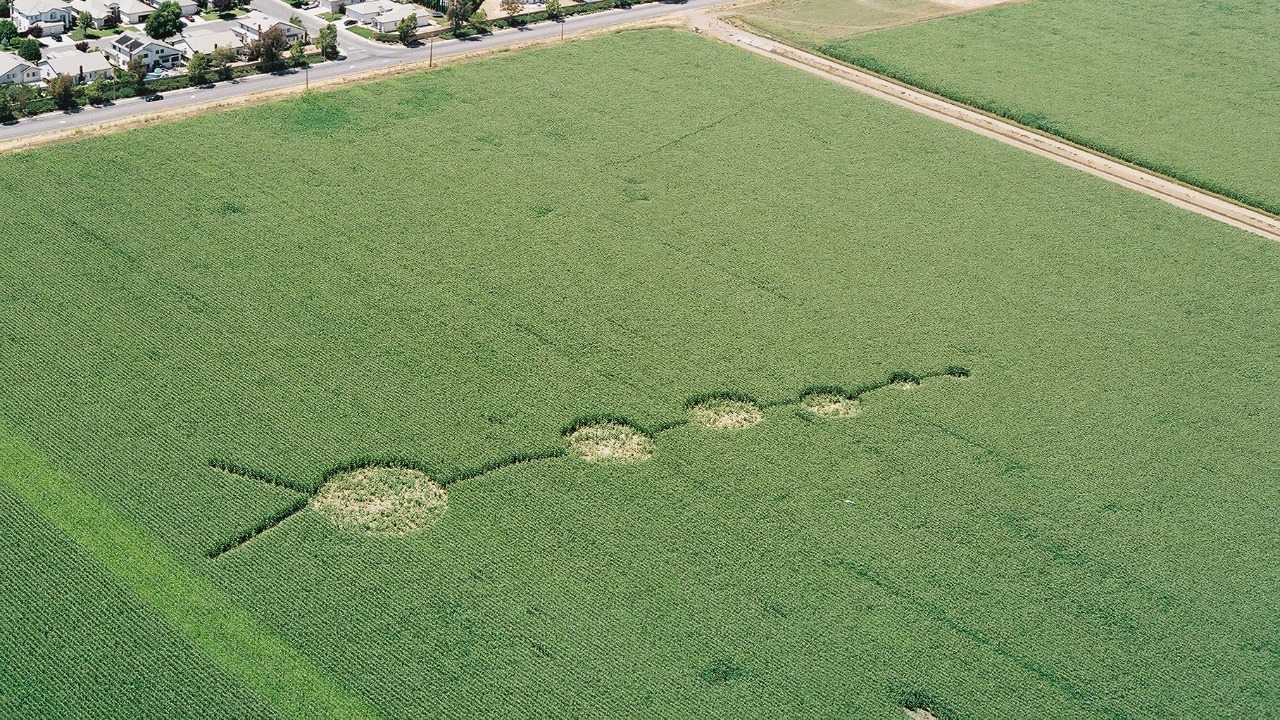
Tourism and Economic Effects
The phenomenon of crop circles has had a notable impact on tourism, particularly in regions known for frequent appearances. Areas such as Wiltshire in England have experienced a tourism boom, drawing enthusiasts and curious visitors eager to witness these formations firsthand. This influx of tourists provides economic benefits to local communities, as visitors contribute to the hospitality and service sectors.
However, this tourism can also present challenges, including the potential for crop damage and the need for effective management of large crowds. Despite these challenges, the economic impact of crop circles is largely positive, providing a source of income and opportunities for local businesses.
Influence on Art and Media
Crop circles have also served as a rich source of inspiration in the realms of art and media. Their intricate designs and mysterious origins have captured the imagination of artists, writers, and filmmakers, leading to their incorporation into various creative works. From the symbolic use of crop circles in films like “Signs” to their depiction in visual arts and literature, these formations have left a lasting imprint on popular culture.
The influence of crop circles extends beyond the artistic domain, shaping public perceptions and contributing to an ongoing fascination with the unknown. As both a subject of artistic expression and a cultural phenomenon, crop circles continue to intrigue and inspire.
Crop Circles in the Digital Age
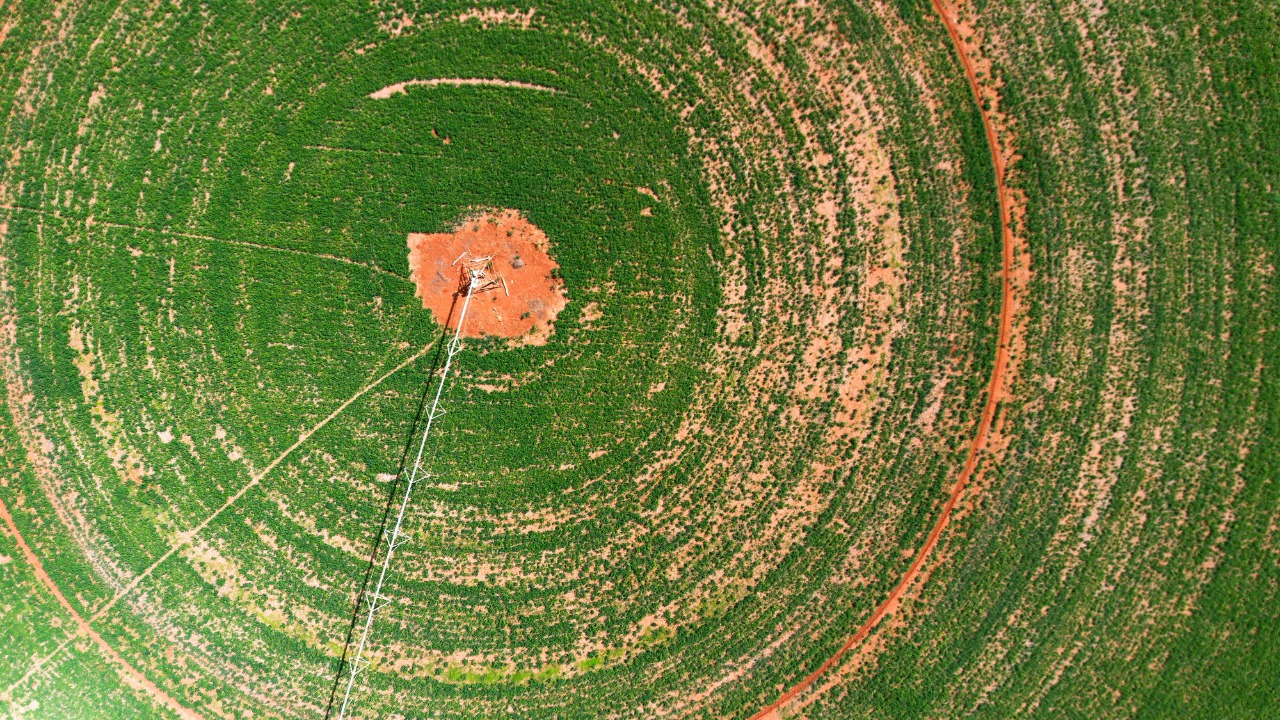
Social Media and Online Communities
In the digital age, crop circles have found a new platform for dissemination and discussion through social media and online communities. Platforms like Facebook and Reddit have become hubs for sharing images, theories, and experiences related to crop formations. These digital spaces allow enthusiasts to connect globally, fostering a sense of community and shared fascination.
The role of the internet in spreading information about crop circles cannot be understated. By providing a forum for discussion and debate, online communities have contributed to a broader understanding and awareness of this enduring mystery.
Technological Advances and Future Research
Advancements in technology have also influenced the study and documentation of crop circles. Tools such as drones and satellite imagery have enabled more detailed analysis and mapping of formations, providing new insights into their characteristics and origins. Future research may further explore these patterns, utilizing emerging technologies to uncover additional aspects of this phenomenon.
The continued study of crop circles offers the potential for greater understanding and may ultimately lead to new discoveries about this enigmatic occurrence. As technology evolves, so too will the ability to explore and unravel the mysteries of crop formations.